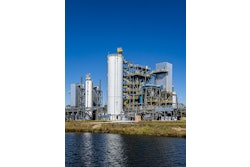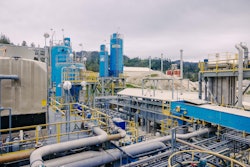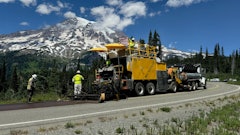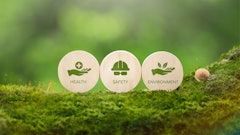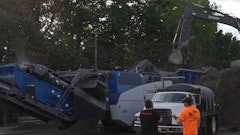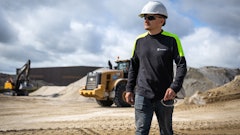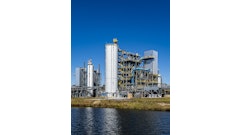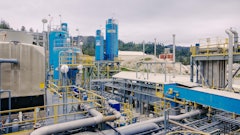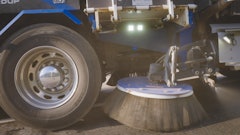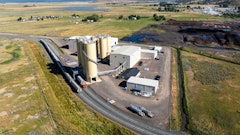
The push for sustainable building is no longer optional. From government regulations to tenant demand, the construction industry is under mounting pressure to reduce its environmental footprint. Yet for many developers, “going green” raises a tough question: how do you meet ambitious sustainability targets without sacrificing efficiency, budgets or delivery timelines?
The answer lies in how we use technology. Integrated digital systems, when built with the jobsite in mind, are proving to be one of the most powerful tools for keeping projects efficient and sustainable. Rather than adding cost or complexity, the right tech stack can help teams track materials, cut waste and streamline workflows while making it easier to hit green targets.
The Hidden Cost of Inefficiency
The construction sector is notorious for inefficiencies, which show up as rework, idle labor and wasted materials. According to industry research, contractors lost between $30 billion and $40 billion to labor inefficiencies in 2023 alone. Every delay or error not only hurts profitability, it also means wasted resources – extra drywall, discarded wiring or duplicate deliveries that carry their own carbon footprints.
Technology can help close these gaps, but only if it’s designed to work where it matters most: on the jobsite. Too often, software built for boardrooms ends up creating more headaches than help. Clunky dashboards, endless logins and excessive data entry frustrate workers and sap productivity. Sustainable construction isn’t just about what materials we use, but how well our teams can work with the tools they’re given.
Smarter Systems, Greener Outcomes
The most effective construction tech follows a simple principle: keep the back end robust but make the front end easy. Trade workers don’t need access to every KPI or company-wide metric. What they need is role-specific, easy-to-use tools that help them get the job done without extra steps.
When systems are designed this way, sustainability follows naturally. Consider three areas where integrated tech systems make a measurable difference:
Material Tracking: Real-time procurement platforms let teams see what’s on order, what’s arriving and what’s already on site. This reduces over-ordering and ensures materials don’t sit unused, cutting down on both cost and waste.
Waste Reduction: Digital inspection and scheduling tools make it easier to identify errors before they require rework. Every mistake avoided means fewer materials sent to the landfill.
Efficiency Gains: AI-driven forecasting can flag supply chain risks or scheduling bottlenecks before they stall a project. When crews stay productive and projects stay on track, resource use is optimized.
Off-the-Shelf vs. Custom Solutions
There are plenty of standard platforms available — Buildertrend for tracking tasks, Procore Inspections for compliance and so on. These tools are great starting points. But the biggest gains often come from custom solutions tailored to how teams actually work.
Custom-built applications can eliminate unnecessary steps, integrate with legacy systems and adapt to unique site conditions. They make it possible to align sustainability tracking with daily workflows, ensuring that “green goals” aren’t just top-down mandates but practical parts of everyday operations.
A Win for People and the Planet
The green building movement is often framed as a tradeoff between cost and conscience. Smart technology is proving that sustainability and profitability can go hand in hand. Worker-friendly systems reduce frustration and turnover, which is critical in an industry already facing severe labor shortages. At the same time, efficient workflows reduce wasted resources, helping projects finish on time, on budget and with a smaller environmental impact.
We’ve seen first-hand that the most successful solutions are the ones workers barely notice. When apps feel as easy as sending a text, adoption rises, errors fall and sustainability targets stop being a burden. The goal isn’t to force new technology onto crews but to create systems that support their craft.
Looking Ahead
As sustainability standards tighten, construction firms that embrace integrated, worker-friendly technology will gain a competitive edge. These tools won’t just help meet compliance, they’ll help teams build smarter, cut costs and attract the next generation of skilled labor.
The future of green construction isn’t about flashy dashboards or top-down reporting. It’s about giving people in the field tools that make their jobs easier while quietly supporting broader environmental goals. When builders can work more efficiently, everyone wins: the company, the crew, the client and the planet.






